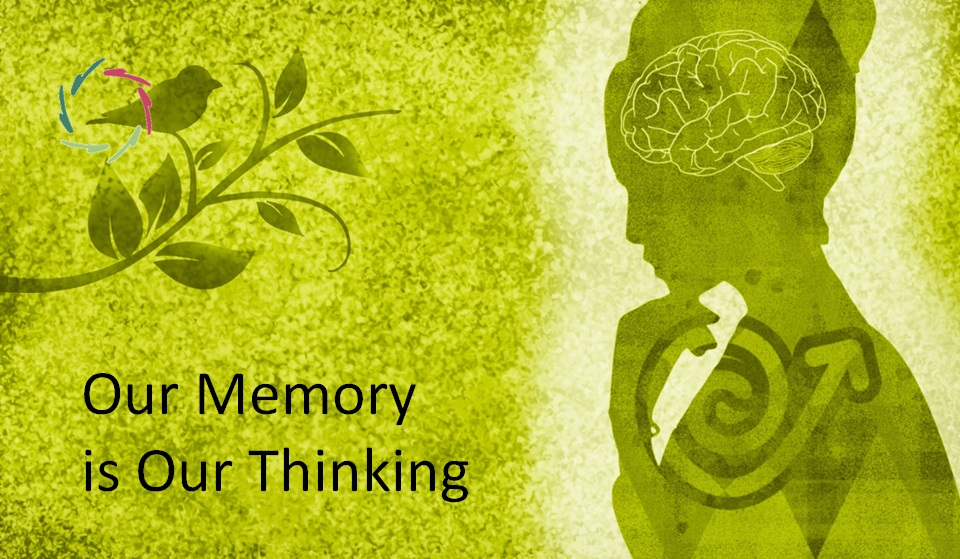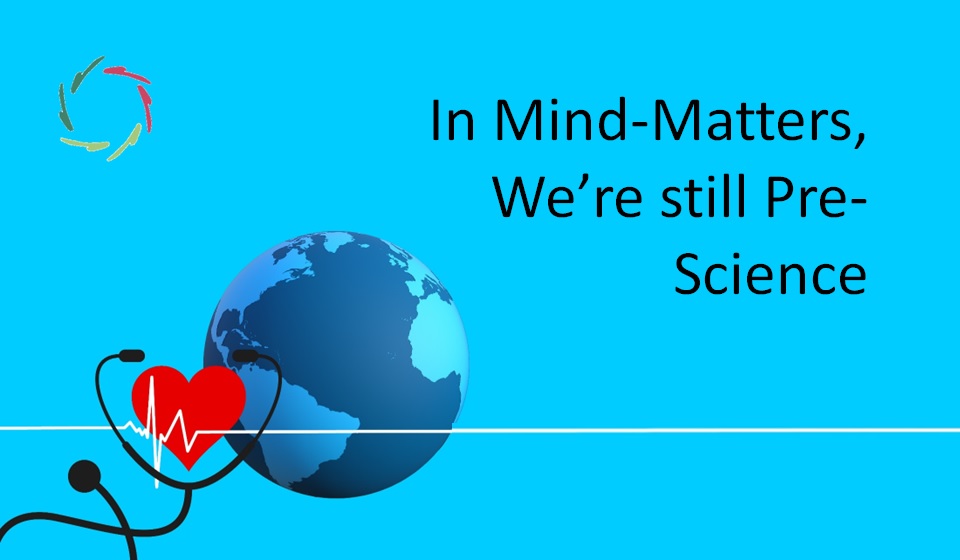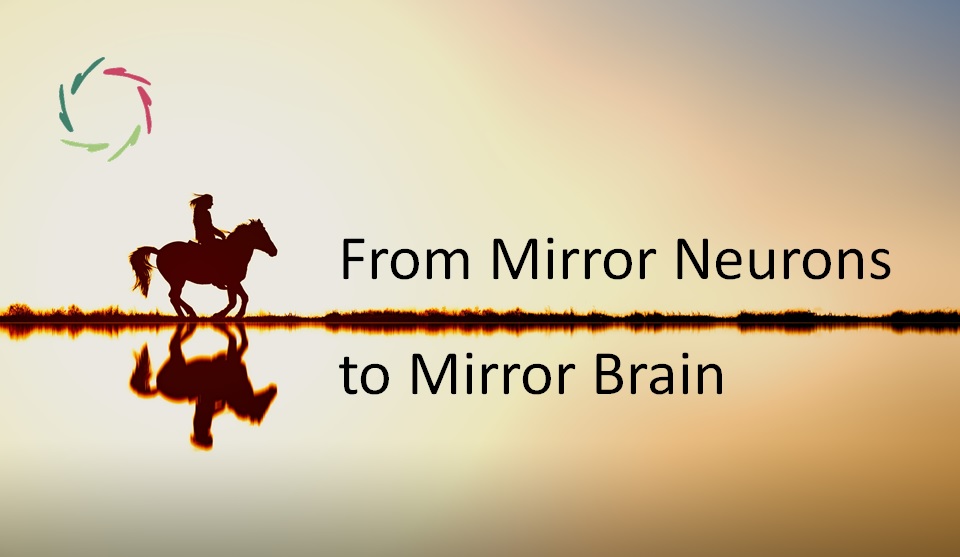Our Memory is Our Thinking

Researchers used to think that human memory was an altogether different function from thinking, deciding, problem solving, etc. Not anymore.
—Additionally, memory is also actively related to the act of perceiving. There are many functionally different brain parts, but they continually act together toward final results.
The computer analogy
From the start, digital computer guys constructed a computer model with distinct modules: memory, processing unit, connective bus, and peripherals (input, output). These parts were and still are neatly separated from each other.
This computer model influenced Cognitive Psychology’s basic metaphor of the human mind.
We are different.
Indeed, the human brain is notoriously modular, see ——The Society of Mind.— however, by far not as clear and distinct as a digital computer
To a large degree, human memory is not like a neutral database from which our thinking grabs relevant information.
The process of memorizing is more than just putting stuff into the inner library.
It goes together with a lot of processing the information at different stages from the perception itself to the integration – mainly in the hippocampus – to the higher semantic processing.
This changes the picture of memorizing into a dynamic and intrinsically interesting, meaningful endeavor.
The result is pattern-based.
Complete memory chunks – such as the last time you fell in love with – are not stored in specific places of the brain.
Instead, constructing and reconstructing such a chunk involves a lot of processing around, and communication between brain regions.
For example, auditory parts of the memory involve the auditory cortex, visual parts the visual cortex. Their direct interactions involve the hippocampus. Memory-linked control functions involve the prefrontal cortex.
The power of memory comes from all this actively working together.
Moreover, also at the level of neurons, memory involves an active stimulating and inhibiting of many dispersed neurons.
We thus have a considerable memory capacity with relatively little hardware.
The downside is that there are also many gaps, false memories (not as an exception) and confabulations galore.
Mostly, we think we have a much better memory than reality shows.
In another way, it’s better than we think. One can see that when making the distinction between what is there (such as by recognizing things) and what can be recalled on purpose.
For instance, the tip of the tongue phenomenon is something everybody knows. This shows that much is there in a not entirely conscious way.
This makes for a dynamic memory faculty.
Even activating a memory activates the thinking about it in a way that changes the memory itself.
This makes ‘being an individual’ a more dynamic happening than most people prefer to think about themselves. The concept of ‘me’ as an enduring entity becomes more fluid.


